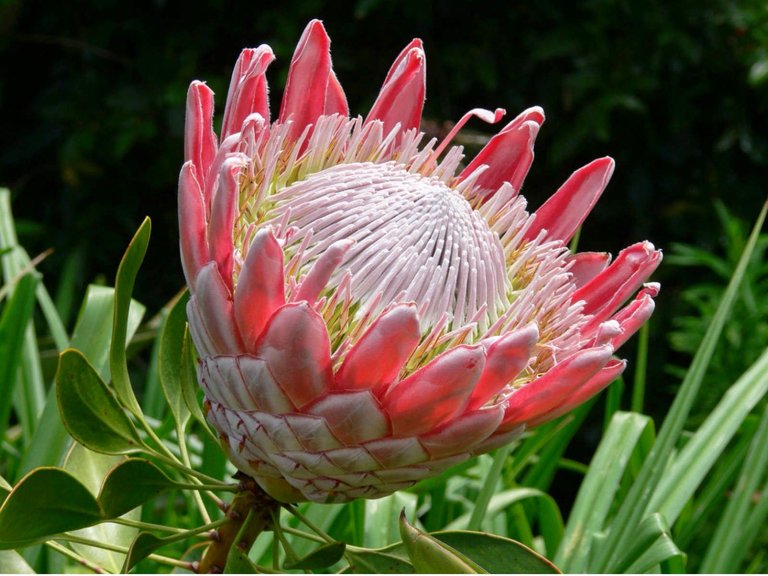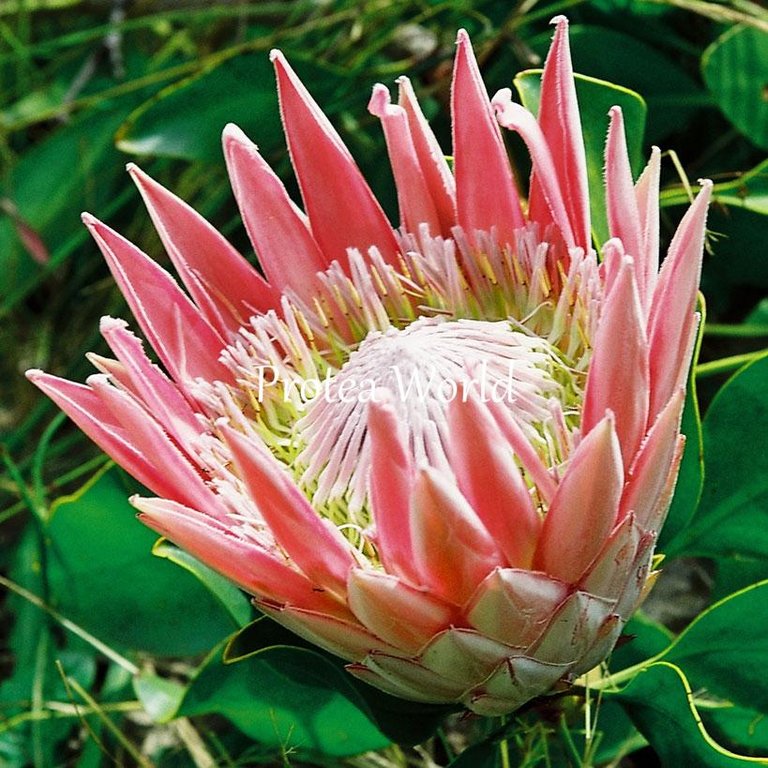On the Proteaceae—the evolution and classification of a southern family

Abstract
A scheme of phylogeny in the Proteaceae is derived from analysis of new and previously available data on morphological, anatomical and chromosomal characters. The probable attributes of a common ancestor are indicated and it is concluded that the family has no close relatives, although it possibly diverged early from the Rosiflorean line. Chromosomal evolution has been complex, with early polyploidy, repeated dysploid reductions and great change in chromosome size, from a probable base of x = 7. Habit, wood anatomy, leaf form and sequence, chemical features, inflorescences, pollination and pericarp anatomy are discussed in relation to adaptation, phylogeny, parallelism and convergence. Distribution is analysed ecogeographically and in relation to the fossil record and chronology of continental movement. Ancestors of major groups may have differentiated before the break-up of Gondwanaland. Early members of almost all tribes were probably trees of mesothermic closed forests; xeromorphic characters found in many modern genera are secondary and of multiple origin in Australia, South Africa, New Caledonia and to a lesser degree in South America. The Proteaceae, with 75 genera, are divided into 5 subfamilies (3 new) comprising 14 tribes, further subdivided into 33 units of subtribal level. New genera described are Toronia, Acidonia, Pycnonia, Triunia, Malagasia, Athertonia, Virotia, Floydia.


https://academic.oup.com/botlinnean/article-abstract/70/2/83/2725905?redirectedFrom=fulltext